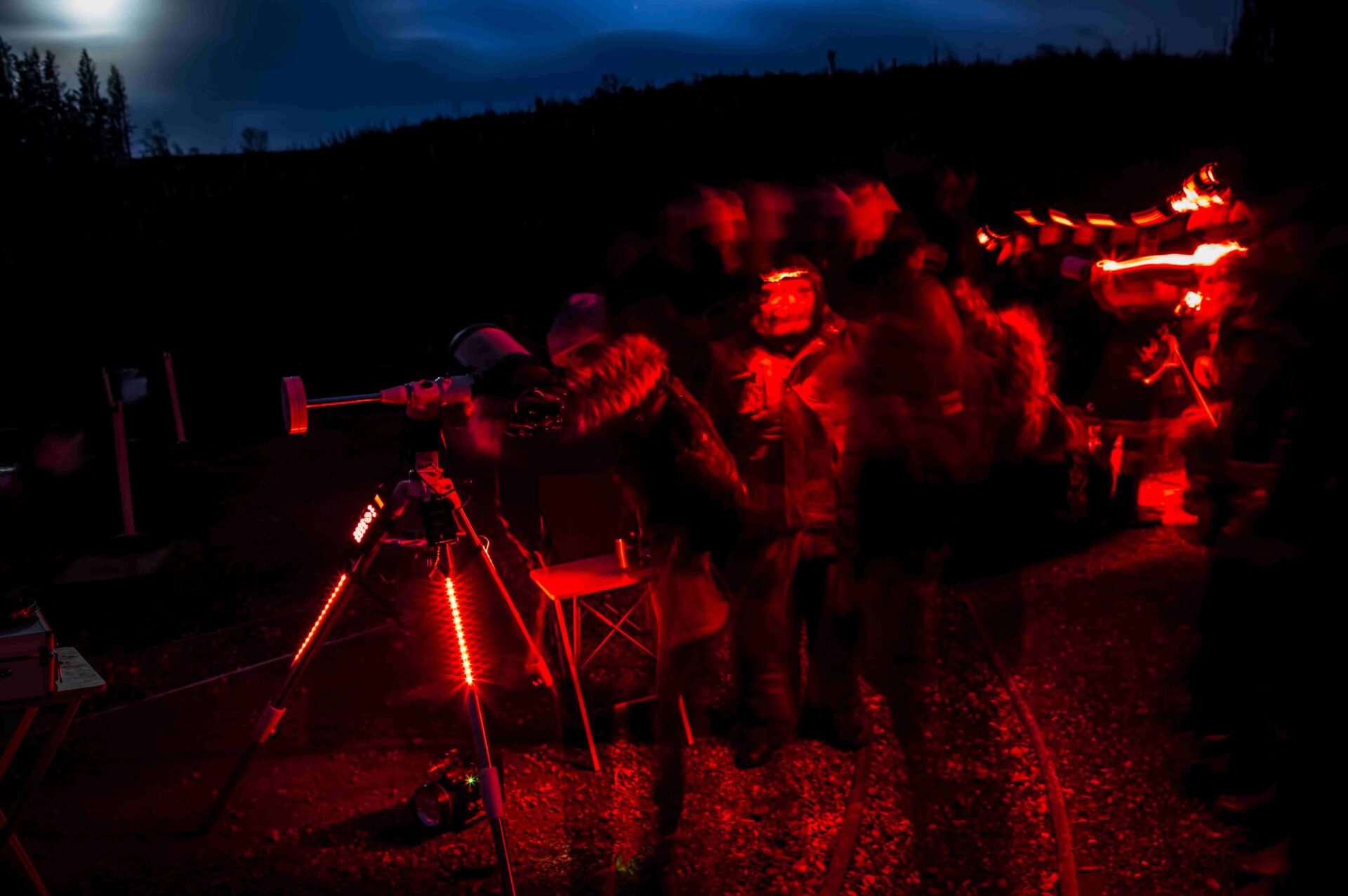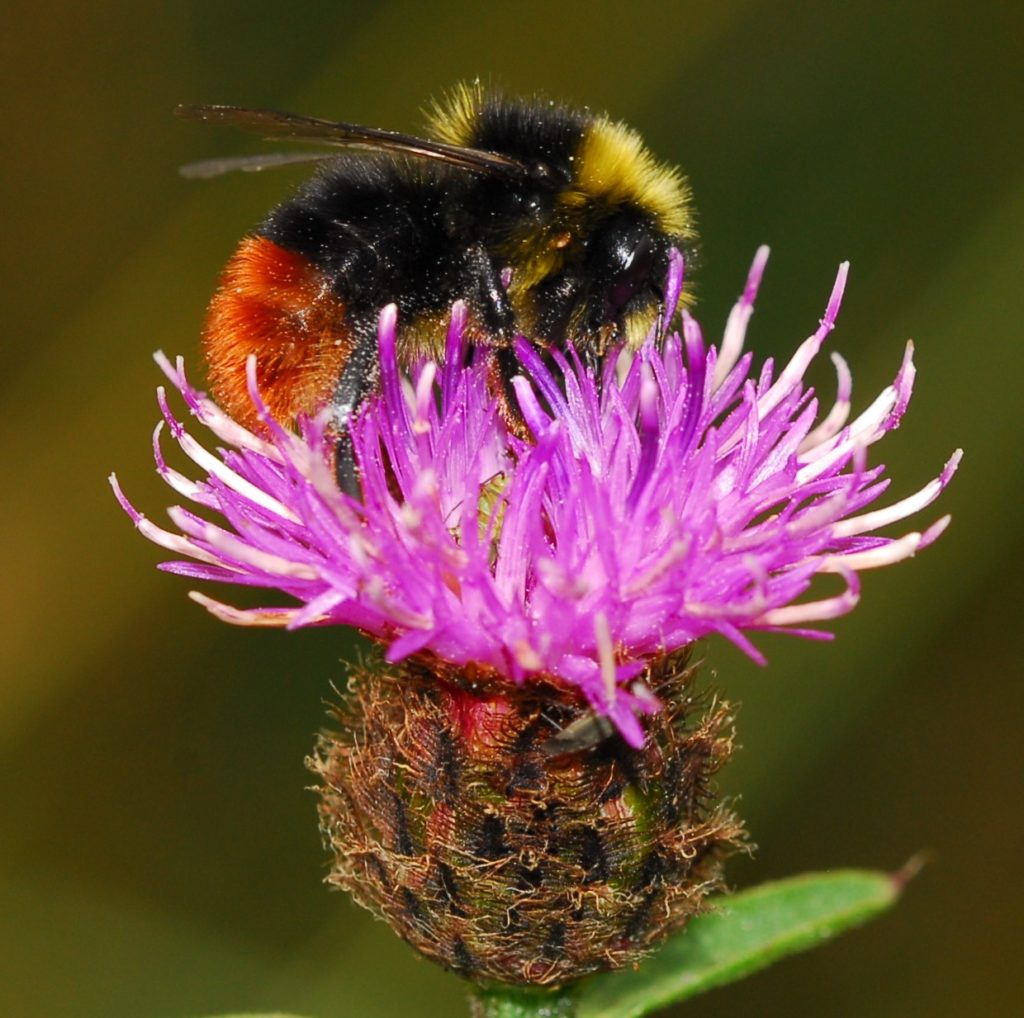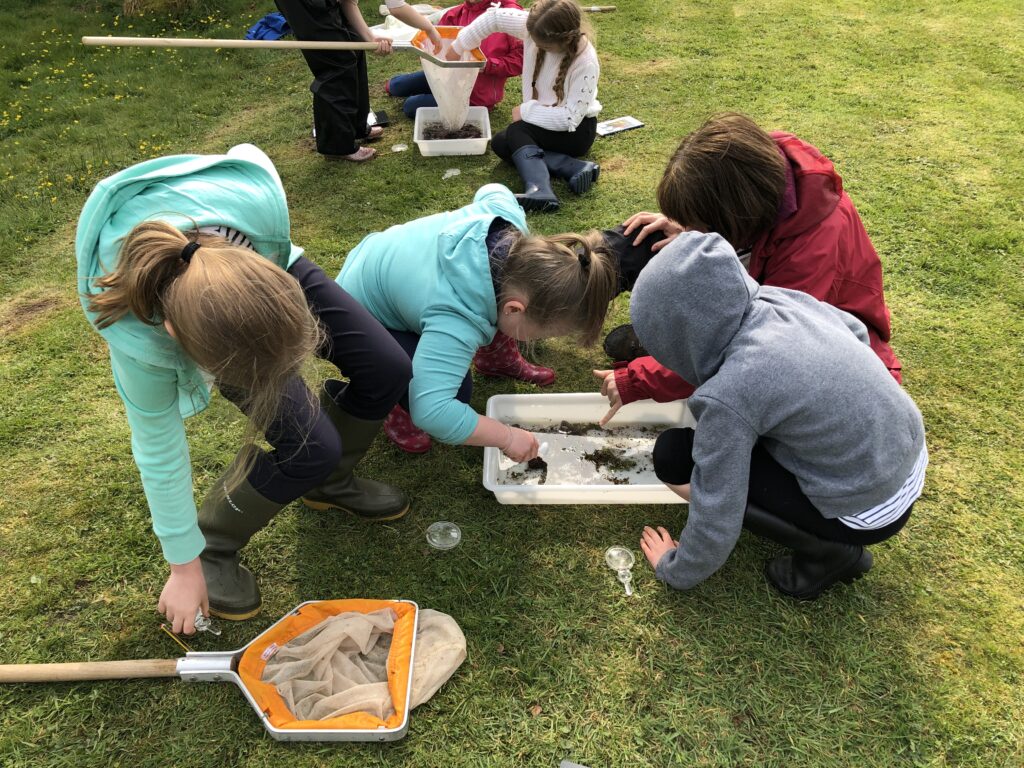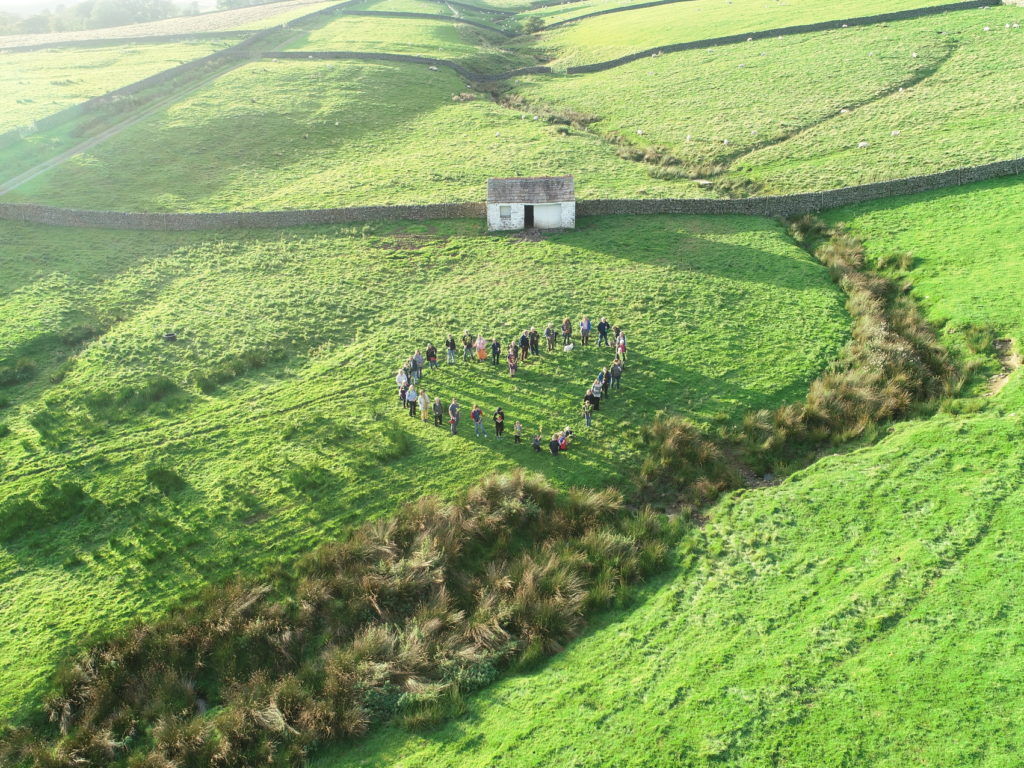What we do
When and where to see the stars
The best time to see the stars is on evenings in the autumn, winter and early spring when the sky is darker. Ideally there would be a quarter or new moon, because a full moon is often quite bright and can obscure the stars.

Astronomy news
It’s also a good idea to check out astronomy related news before setting out in case there’s something in particular to look out for. For example there could be a meteor shower, the International Space Station could be passing over or there might be a particularly bright planet that night.
Dark Sky Discovery Sites
Anywhere in the North Pennines that is away from street lights will be good for stargazing, but some of the best spots have all been designated as Dark Sky Discovery Sites.
Top tips
You really don’t need much kit for stargazing, but here are some tips to get you started:
- wear warm clothes – on cold winter nights wear lots of layers. You can get very cold standing still, so make sure you have a hat, gloves and sturdy shoes with thick soles.
- snacks – take some food and ideally a flask of a hot drink to help you keep warm.
- seating – standing looking upwards can put a strain on your neck, so you could take a picnic rug to lie on or a deck chair to sit in.
Equipment
With a pair of binoculars it is possible to get detailed views of the stars and of the Moon. You don’t need an expensive pair, a simple pair that you know how to use is best.
Some serious stargazers may wish to use a telescope, but unless you know how to use it properly it can become more of a hindrance than a help.
A red torch or a torch with red film taped across the lens will help you keep your night vision ability, unlike a white light which blinds your eyes and means you won’t see as many stars.











